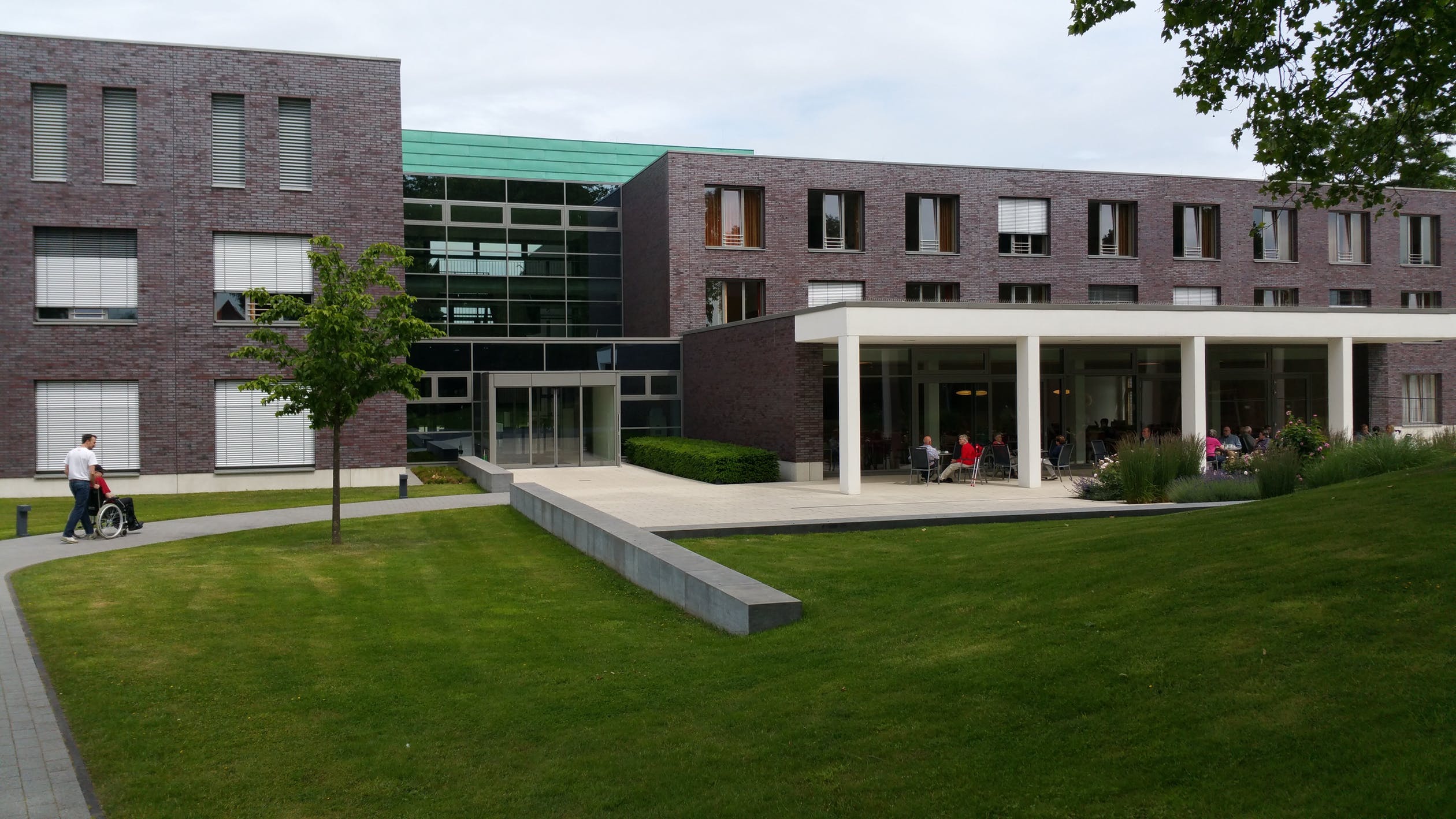Dropped medical handoffs are pervasive and a leading cause of medical errors.
Handoff errors happen for many reasons:
- There are at least 5 participants that can break the chain: the sender, the receiver, the patient, the third party intermediary and the referral platform user interface.
- The communication is not standardized.
- The system relies on people to do what they are supposed to do instead of automating or templating the communications whenever possible to minimize workflow disruption.
- There are too many unnecessary appointments or the referral is inappropriate.
- There is no sense of urgency to fix the problem.
- The stakeholders don't appreciate the clinical and economic costs of a dropped handoff.
- Tracking systems are poor.
- There is no global health information cyberbrain to coordinate and transmit accurate cross border information.
- Nomenclature is not standardized.
- We will never be able to aggregate the infinite expansion of medical information for a given patient. The challenge is to determine the minimal amount of information necessary to accomplish the clinical handoff goal.
- More people need to be in the conversation than there used to be. Instead of a doctor communicating with another doctor or patient, now medical care teams need to communicate with patient care. communities, in some instances, on the other side of a country or an ocean.
- Often, no one knows who is the captain of the medical team or patient care community ship and, therefore, should be the designated sender or receiver.
So, what would a whole product solution look like?
- It starts with a global whole product information system, a cyberbrain that aggregates, coordinates and disseminates information to those who need it and are allowed to access it. Think an ATM for health information and the fintech required to allow it to exist.
- Each of the hand off stakeholders need to understand their role in the relay race and be held accountable for performance.
- A tracking system to measure key performance indicators, outcomes and impact.
- A business model that is VAST.
- Interventions at various stages of the handoffs that change behavior that deliver results, such as those that use behavioral economic techniques, nudges or technologies, like bots.
- Ways to address the social determinants of missed handoffs and appointments, like lack of child care or transportation.
- Better online appointment and tracking systems that are more convenient.
- Creating handoff standards and incentives for compliance. Consider rewarding patients to show up with something they value at the time of the visit.
- Automating the requirements to complete the chain, e.g. one click templated forms for the sender and receiver derived from AI driven EMR data that would reduce unnecessary administrivia and confirm receipt by the receiver.
- Celebrating the champions and showcasing successes.
- Treat patients like students, not customers.
- Sell, don't tell.
- Include all members of the medical care team and designated patient care community members in the network. For example, did the patient get their prescription filled? Does the family member who lives out of state know what happened to mom during her visit?
- Make hand off and tracking information easy to use and accessible on mobile devices. Comcast is not my favorite company. But, at least they send me texts to let me know when the cable guy is coming and any appointment changes.
- Use patient edtech tools to improve their health and insurance IQ.
- The internet of medical things is already overwhelming us with data and will only increase exponentially. We simply won't be able to drink all the water out of the fire hose. The challenge for data scientists is to work with stakeholders to determine the minimal amount of actionable information, not data, needed to execute a successful handoff.
- Threre is data, data everywhere creating many challenges. Here are some solutions.
- Chronic, complex care coordination (CCCC) is a chronic, complex conundrum (CCC) and requires that we unbundle primary care and encourage primary care entrepreneurship.
Success in reducing handoff errors and referral leaks will depend on creating a globally networked infrastructure that satisfies the QWILT SET for doctors and delivers a clear value proposition for other stakeholders.
Short of that, we will be living in a medical world where there is only one fax machine.
Arlen Meyers, MD, MBA is the President and CEO of the Society of Physician Entrepreneurs on Twitter@ArlenMD and Co-editor of Digital Health Entrepreneurship.



Leave your comments
Post comment as a guest